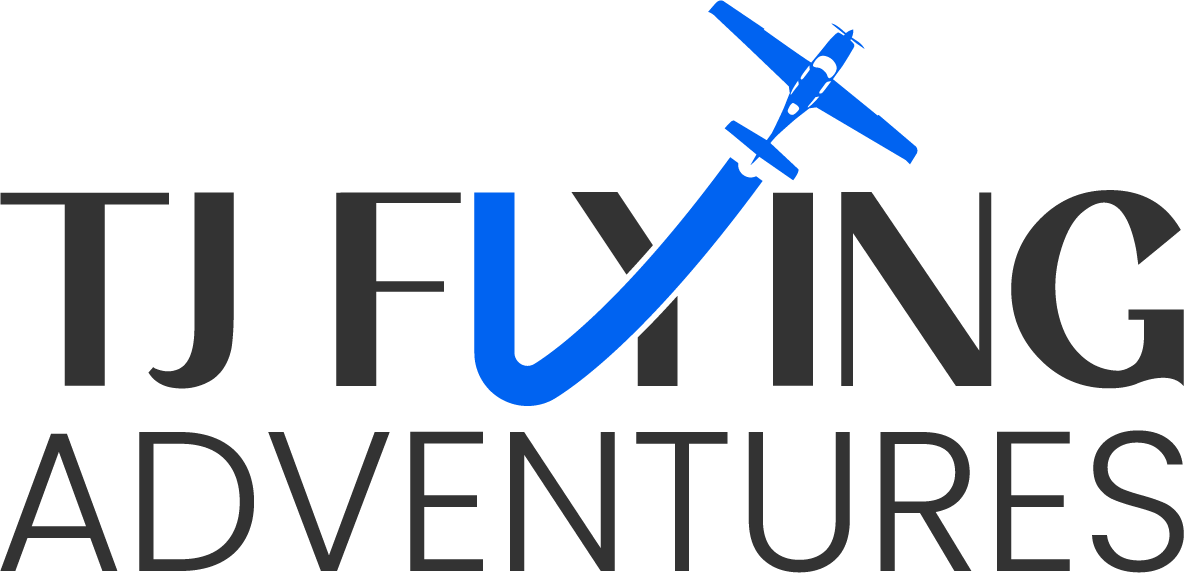Long X-Country, Weather and State #38 (AZ)
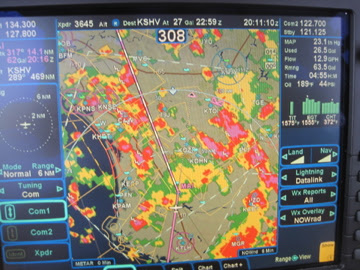
This weekend I had a long cross country flight planned. The destination was Sedona, AZ, which is a very famous airport for pilots. According to the Sedona Airport website, they claim to be “America’s Most Scenic Airport”. It is also sometimes referred to as the “USS Sedona” because it feels like landing on an aircraft carrier. […]
Holding Pattern Without A Shuttle View
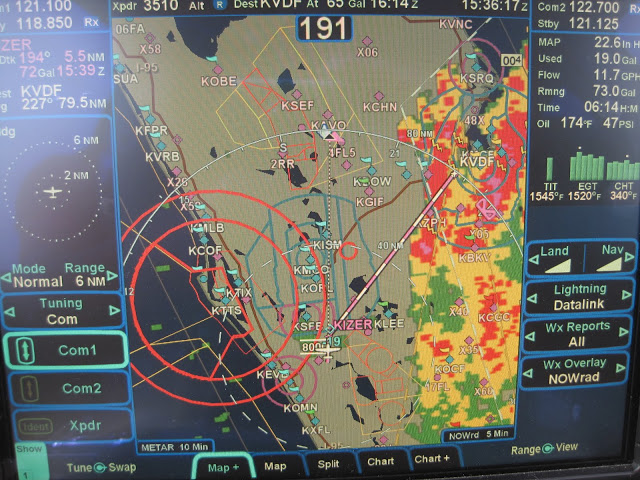
As everyone knows, today was the day for the space shuttle’s last mission. I didn’t have tickets to see the launch in person. But I really wanted to see it. So I came up with what I thought was a clever plan. I would fly the Cirrus upto 17,000 FT and go into a holding […]
State #37 (NE) and Missouri River Flooding
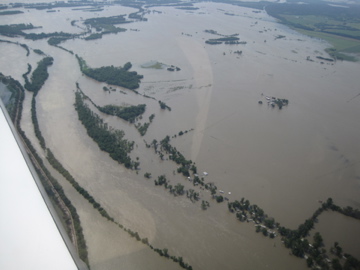
On the way back from Sioux Falls, the weather once again played a factor in my route. I needed to leave SD before the storms arrived and I was also hoping to hit one more state on the way. I was heading to Lexington, KY and found a routing through Omaha that worked perfectly: On […]
Scenic Trip to Cedar Key
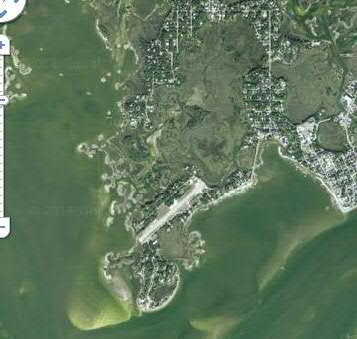
This morning I woke up and looked outside to find typical weather for FL. Sunshine as far you could see ; Clear blue sky ; AND a perfect day to go flying! After my recent CPPP training, I have been sufficiently brainwashed into treating every flight as an opportunity to practice something. So this morning, I […]
Off To Training In Atlanta
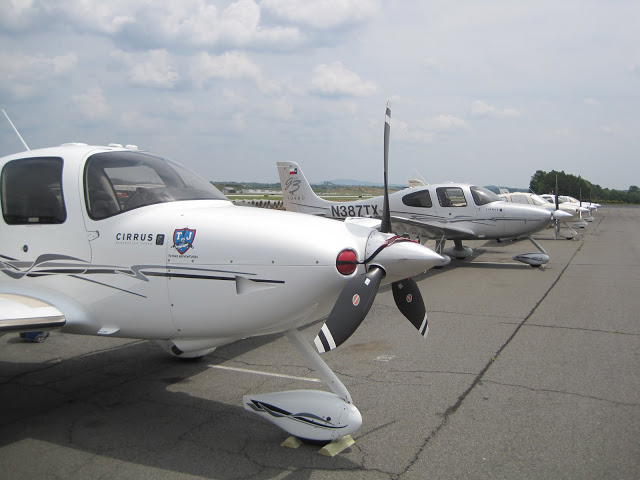
It’s that time of year again. Like most pilots, my insurance company “requires” (or should I say “financially encourages”) me to take annual recurrent training. The first few years of plane ownership, I would simply follow the basic FAA Wings program and do some 1-1 training with a local flight instructor. This was enough to […]
Learning New Tricks In Hilton Head
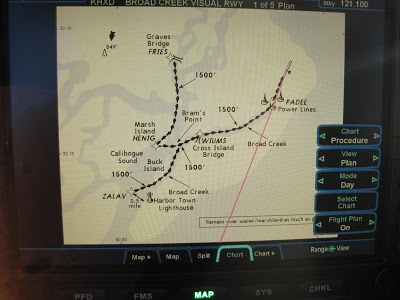
After 300+ hours flying behind the R9 screens, I thought I knew everything there was to know about R9. But at the risk of sounding like an “old dog”, yesterday at the R9 User Group Meeting in Hilton Head, I learned a couple of cool new tricks! The weather was excellent and Hilton Head is […]
Bahamas Practice Flight
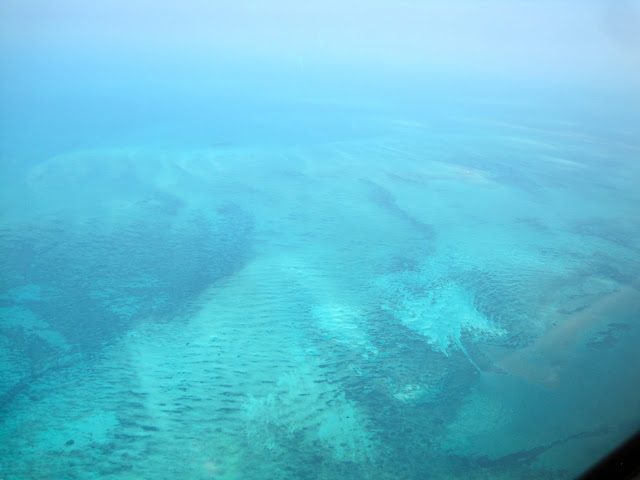
My international radio license arrived yesterday in the mail. Earlier in the week, I saw online that it had been approved. But didn’t get the official paper in the mail till yesterday. That meant that today was the day for the long overdue Bahamas flight!! It was really perfect timing because the plane is going […]
Back To Normal IFR (Sort Of)
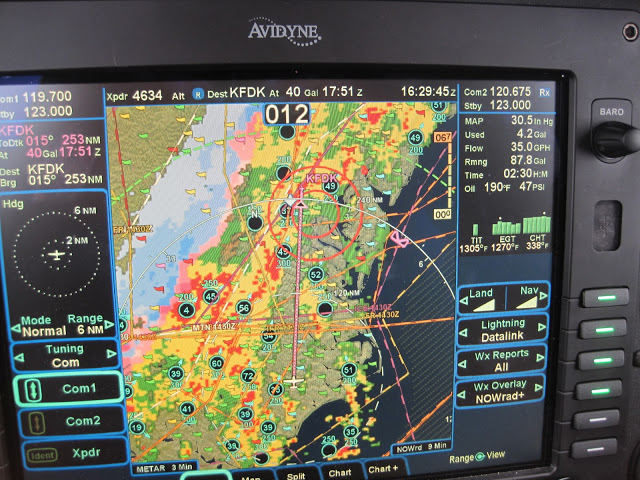
The past 2 weeks have been quite an unusual flight pattern for me. No X-Countries, No IFR or VFR flight plans, not even enough altitude to require oxygen! No the plane was NOT grounded… In fact, I had numerous flights. But they were all short “flight-seeing” journeys that gave me the chance to share the […]
Photo Opps And Dodging Airspace
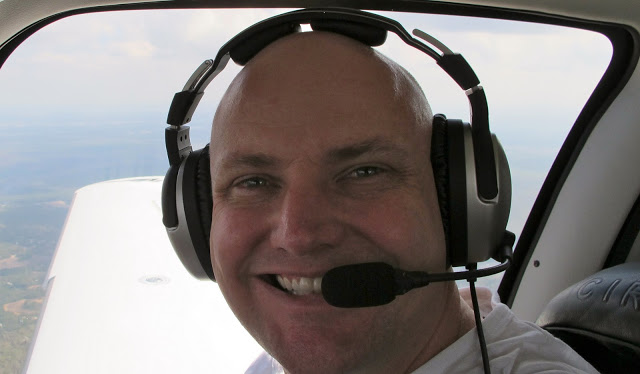
Today was one of those traditional $100 hamburger days. An IBM colleague of mine (Richard) was visiting from Spain. He has heard me rave about flying for years and I thought today was the perfect day to show him firsthand. The plan was either to fly to Key West or Palm Beach, both of which […]
Early Morning Commute
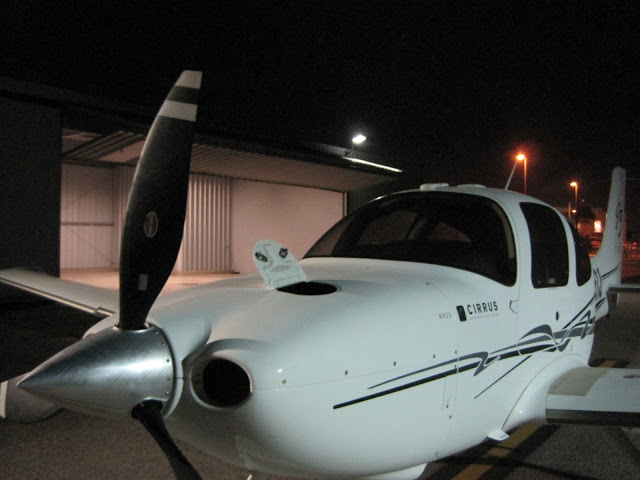
Normally, I work from home… But today was different. A number of my IBM colleagues were in Miami today. Since they were “in the neighborhood”, I felt compelled to go work from Miami for the day. In typical IBM fashion, I have grown accustomed to collaborating with colleagues from around the world, who I rarely […]
